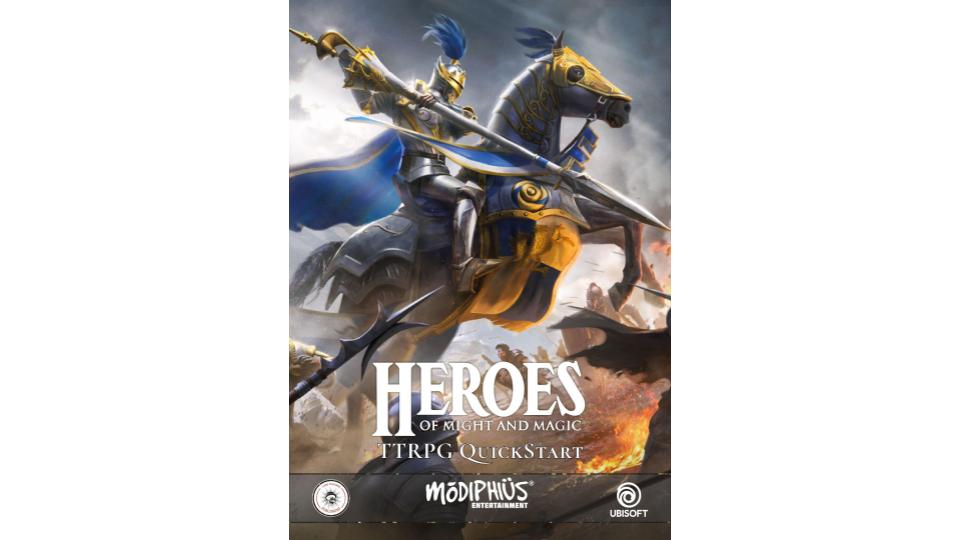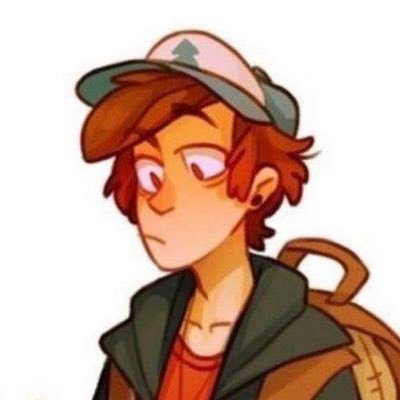Embrace a more strategic approach to fantasy-focused RP with Modiphius’ new Heroes of Might and Magic TTRPG.
Heroes of Might and Magic is a name very familiar to old-school PC gamers from the turn-based strategy game scene. Originally published in 1995, the game has seen a multitude of system updates over the years, including seven entries in the main HoMaM game line, several expansions, and a plethora of spin-offs. Now, this iconic strategy game is coming to your local tabletop scene with the help of Fallout the RPG and Star Trek Adventures publisher Modiphius.
Set in the world of Enroth, the Heroes TTRPG is built on Modiphius’s 2d20 system. The world feels like a standard fantasy world with humans, elves, dwarves, goblins, and other classical fantasy creatures. The story has long focused on the family of Ironfist, who ruled the continent of Enroth and worked with their allies to keep it safe. However, the world faced a new threat when Kreegans (a form of demon in this setting) fall from the sky and spark a new war among its residents. But now, it shifts to a new generation of characters and leaders, which you and your table will be playing.
How to Play Heroes of Might and Magic

Each character has eight traits and nine skills. They’ll also have a class, which are usually based on those used within the game. The starter set only features five classes (knight, barbarian, ranger, cleric, and battle mage) and four starting lineages (humans, goblins, ogres, and elves). Each of these provide particular abilities and skills that affect gameplay. Player characters also have access to Luck, while the GM has access to Threat; a currency used to manifest villains and turn a scene against the players.
The game is built around the 2d20 system,where players will roll two d20s and attempt to get a result below a preset number. That number is determined by a character’s Skill and Trait, which are combined. For example, if a player has an 8 in a Trait and a 3 in a Skill, they’ll need to roll an 11 or lower to get a success. Some skills might require more successes. Players will always roll 2d20 but there are options for adding dice. If a player rolls a 1, that’s a critical success. If they roll a 20, then that is a complication that can have adverse effects on the story.
There’s a lot about the game that reminds me of other Modiphius games like Star Trek and Fallout, which isn’t a bad thing.
But what distinguishes Heroes of Might and Magic from other fantasy alternatives is the role that it plays is on a macro stage, rather than a micro one. When most people play fantasy games, they’re a single individual facing hordes of bad guys. In Might and Magic, you lead armies and guide nations toward victory over their enemies. These armies are the key powers that will reflect a player’s skills in combat, just as a player’s skill with the blade or their magic might.
A campaign session is played out in “Phases.” These phases will have players prepare their goals, venture into the world with their armies, go on missions, recover their health after battle and perhaps even have their armies clash with one another when a story demands it. Players will act like your standard fantasy character for most of the phases, roleplaying as their key character. They can investigate, recruit new units, learn more about their enemies, and many other potential RP elements.

Where things gets interesting is when players get to summon their armies and enter the Battle Phase.
Armies is an entirely new system for Modiphius, where players will recruit units to follow them into combat. Most players start with two units but can expand them freely, depending on what is available throughout. Units can be anything from a single monstrous behemoth to a horde of wolf riders. Each unit have their stats, just as one might in a real-time strategy game like Starcraft or Command and Conquer.
Players will spend Army points to move their units around and use their abilities in combat separately from themselves. For example, you might spend an Army Point to move a unit or attack an enemy. The most important thing a unit can do is try to fulfill a Strategic Objective. This is a set goal or criteria for a story that the players aim to fulfill. For example, this could be defending a village, assaulting a sieged wall, or defeating a specific enemy. Players will roll dice and attempt checks to fill the Progress Track of an objective. If they fill the track, they fulfill the objective! The players only have a certain amount of time to do so, however. If the players can successfully fulfill half of the strategic objectives by the end of the Battle Phase, they’ll succeed!
Hero Characters (aka the player characters) are also able to influence the battle through Deeds of Might and Magic. Might is used to complete Strategic Objectives, help their armies to do so or stop the villain. Deeds of Magic, meanwhile, are spells that players can use to enhance or heal units in combat.
The Quickstart for Heroes of Might and Magic is available for download and offers a taste of the game’s rules, a quick scenario to try and plenty of art. The game’s vision for trying to combine a war game approach with TTRPGs is intriguing, particularly since the hobby’s origins are in wargaming. At the same time, Heroes of Might and Magic is a franchise that might struggle to stand out in a heavily saturated fantasy genre. While the game’s macro-focused combat may provide a nice change from dungeon crawls and social combat, it must do much work to get above the noise.
The Heroes of Might and Magic TTRPG will launch on Kickstarter on May 6.
Images Courtsy of Modiphius
Have strong thoughts about this piece you need to share? Or maybe there’s something else on your mind you’re wanting to talk about with fellow Fandomentals? Head on over to our Community server to join in the conversation!


